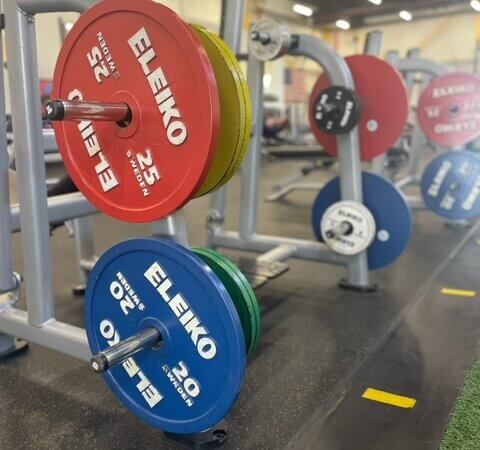How to Begin a Fat Loss Diet
Have you ever set out on a fitness journey with one of your friends only to find that they are making more progress than you when you’re both doing the same thing? In this article we will discuss how your diet plan should be specifically tailored to you and your individual goals – and how your strategies may differ from that of others.
At this point in time it is common knowledge that in order to lose body fat we need to be consuming less energy (food) than we are using throughout the day for daily activities (brushing your teeth, walking to your parked car, exercising, etc…). When this happens, we begin to use the energy we have stored in our bodies (body fat). This line of thinking could then lead us to believe that more is better, and that the fewer calories we take in, the more fat we will lose. This is true only in regards to short-term (1-2 weeks) fat loss but will not provide us with the desired results long term and can have adverse health effects in regards to our quality of life. This will be discussed further in the following article.
It is easy to find an estimate of how many calories we should eat in a day to maintain our current body weight but since these numbers are only estimates it will take some guess and check work initially to get dialed in. The first step in this process is to find our basal metabolic rate (BMR) which is our energy expenditure estimate for a day. There are many online calculators you can use but we can also use the Harris Benedict Equation that these calculators are derived from:
Men: BMR = 13.397W + 4.799H – 5.677A + 88.362
Women: BMR = 9.247W + 3.098H – 4.330A + 447.593
Where W = weight in kg, H = height in cm, and A = age in years
For example, a 180lb, 5’11, 27 year old male would burn roughly 1,814 calories throughout the day without physical activity. To add physical activity into our daily energy expenditure, we will multiply this number (1,814) by our “activity factor”. If I were a sedentary individual (little or no exercise) I would multiply this number by 1.2, meaning I burn 2,176 calories throughout the day living a “sedentary lifestyle”. This multiplication changes as your activity level increases and is as follows:
– Sedentary
– x1.2 = 2,176 calories/day
– Lightly active (light exercise/sports 2-3 days/week)
– x1.375 = 2,494 calories/day
– Moderately active (exercise/sports 3-5 days/week)
– X1.55 = 2,811 calories/day
– Very Active (hard exercise/sports 6-7 days/week)
– x1.725 = 3,174 calories/ day
– Extra Active (Physically demanding manual labor jobs, i.e. construction or landscaping work)
– x1.9 = 3,446 calories/ day
Once we have our BMR, we can then aim to eat less calories than our given number to lose weight. We can also utilize the information regarding protein intake discussed in the “How to Prevent the Age Related Loss of Muscle Mass (Sarcopenia)” and “Differences in Losing Body Weight With and Without Exercise” articles posted on our website to help us keep our muscle mass throughout this process. Once our protein requirements have been met and we are ensuring optimal fat intake, we can then fill in the rest of our calories with carbohydrates. We should aim to eat no fewer than 500 calories less than our BMR as this will help us preserve muscle mass and lose body fat in a way that will not cause adverse health effects.
Stay tuned for the next article where we will discuss various strategies we can implement to ensure that the weight we are losing is fat and not muscle in a safe and effective way. If you are someone looking to begin their fitness journey and are unsure where to start, give us a call as we have many qualified professionals eager to help you take the first step!
References:
– Wilkinson, 2016
– Helms, 2022
– Antonio, 2018

